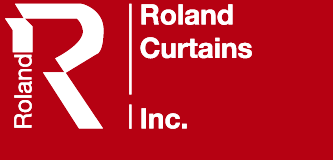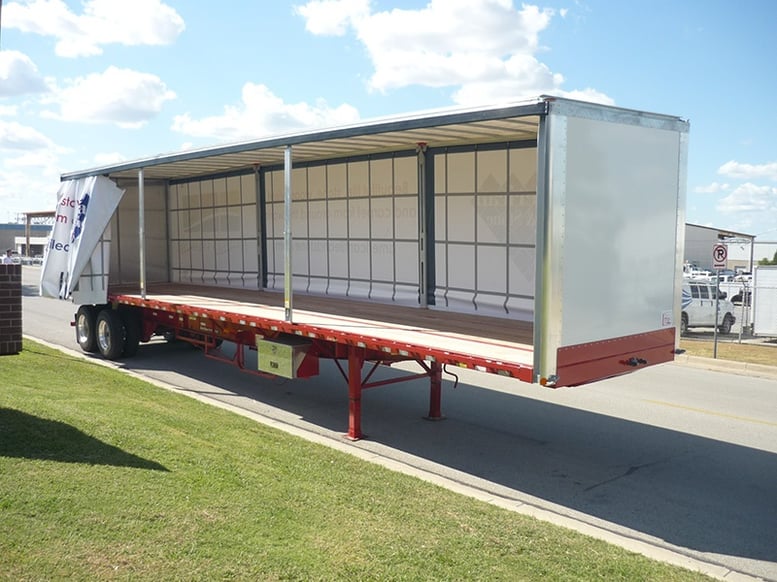
Discussions about the benefits of a curtain side trailer typically dwell on—no surprise—the curtains. The heavy-duty retractable curtain system rapidly retracts to convert an enclosed van into a flatbed with load/unload access from both sides and the rear. While versatility may be it’s main attraction, other components of a Roland curtainsider also warrant attention, particularly the one that’s on top of it all: the roof.
Just like conventional solid-wall vans, curtainsides generally provide a choice of two roof options: aluminum or translucent fiberglass. Properly maintained, both choices fulfill the requirement of keeping the contents of the trailer safe and secure from exposure to rain, snow and other contamination. Both have particular other advantages, as well, depending mainly on the type of freight hauled and the typical conditions at loading and unloading.
Standard Aluminum Roofing
An aluminum roof is considered standard equipment on most basic trailers. Virtually all aluminum trailer roofs are composed of a single continuous sheet of aluminum. Most aluminum roofs are available in a choice of two conventional thicknesses: .032 and .040.
The strong points of aluminum are durability and strength. An aluminum roof handles minor impact well, typically bowing or bending slightly without becoming permanently deformed. Shallow dents can often be reshaped, if necessary. Because an aluminum roof sheet is typically one piece, joints and fasteners are minimized along with the potential for leakage or deterioration at those points. For the requirements of certain freight, an opaque aluminum roof and darkened trailer interior is preferable.
Aluminum drawbacks are familiar to both drivers and dock personnel. First, it’s dark in there. Because an aluminum roof admits no light, the interior of the trailer will need auxiliary lighting for loaders and unloaders to see what they’re doing and work safely. Adequate lighting is also a critical damage prevention safeguard wherever forklifts are involved. If damage more severe than minor dents occurs, replacement of the entire aluminum roof sheet may be more feasible than repair as water-tight metal patching is a labor-intensive process.
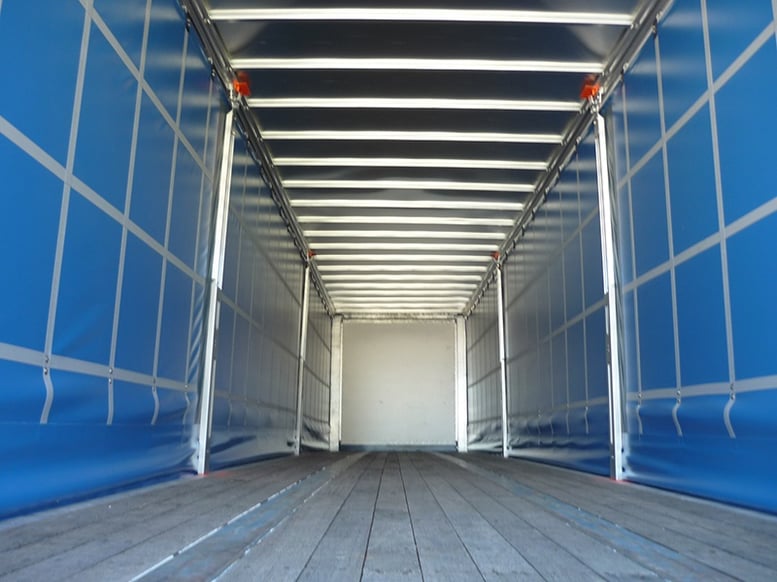
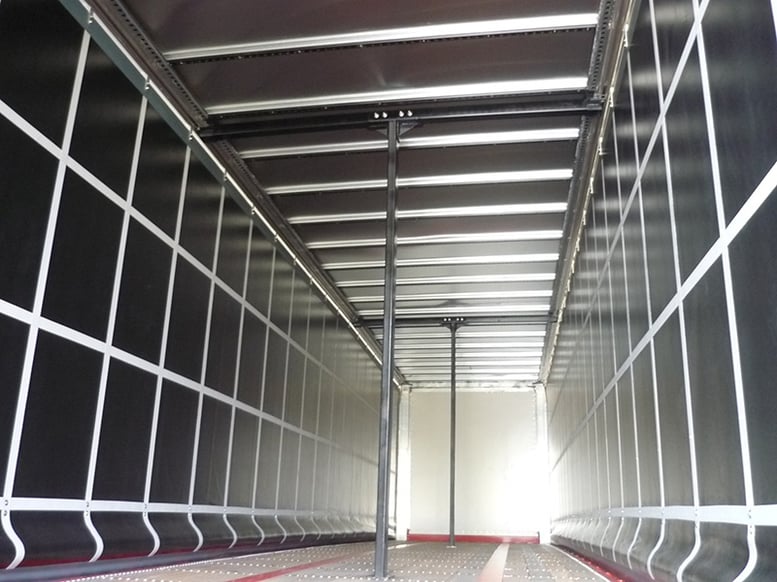
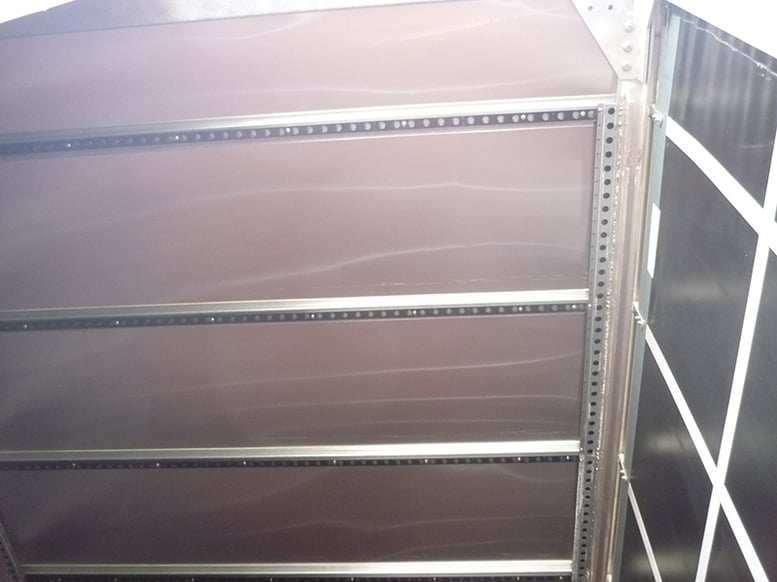
Translucent Fiberglass Roofing
Better known by its trademark name Kemlite, fiberglass trailer roof sheets are well-adapted to curtainsides. In most trailer applications, a Kemlite roof is 0.075-inch thickness and composed of a single continuous sheet of tear-resistant reinforced fiberglass. Depending on make and model, the amount of light admitted by this translucent material may be 10 percent or 30 percent. Kemlite is engineered for superior impact and puncture resistance and also rated for all-weather exposure. When roof bows are properly configured, it stands up well under heavy snow accumulation. At the same time, Kemlite is lighter than an aluminum roof of the similar dimensions—always a meaningful consideration for fuel efficiency.
Another standout benefit of Kemlite is the fact that it allows natural light into the trailer. This creates a more load-friendly and safer work environment during daylight hours, eliminating the need for auxiliary interior lighting. It also greatly reduces the potential of damage to the roof or sides from forklifts. If mishaps, such as tears or punctures occur, repair kits that utilize common fiberglass repair methods are readily available.
While a translucent Kemlite roof is well-suited to most loads, in some limited cases, exposure to even partial sunlight and/or heat generated by UV rays may not be desirable for certain freight. While Kemlite doesn’t require more maintenance than an aluminum roof per se, keeping a closer eye on roof condition with regular inspections is helpful to ensure that any needed repairs or patches are carried out ASAP. Like all fiberglass materials, tears or punctures in Kemlite may expand or worsen if timely fixes are neglected.
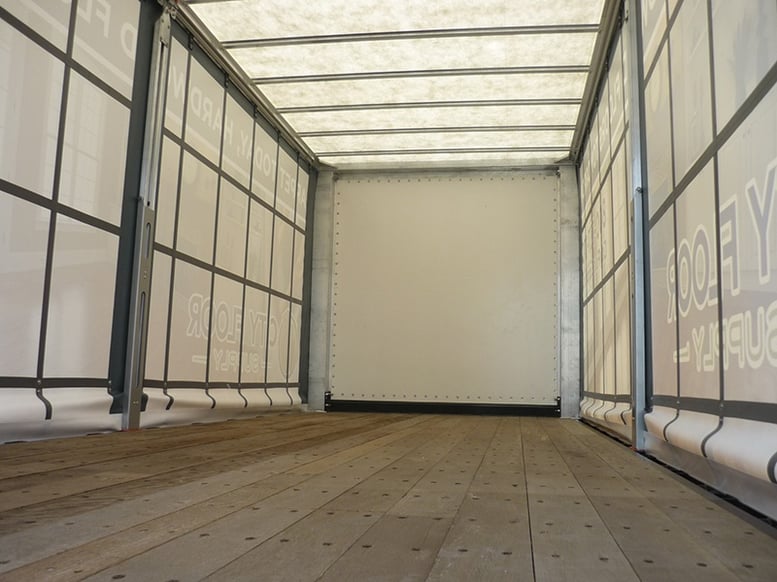
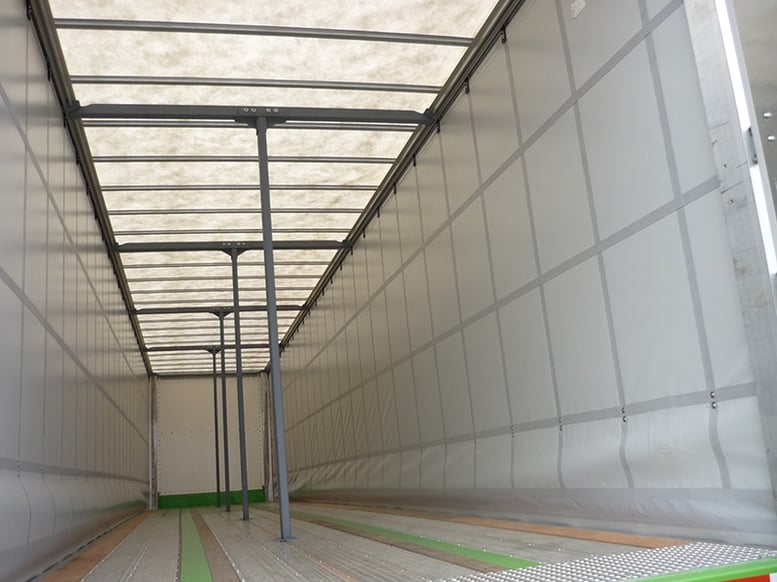
Other Articles You Might Be Interested in:
- Improve Your Fleet: Curtain Side Trailers Maximize Efficiency
- What Type of Maintenance is Required on a Curtainside?
- Finding Curtain Side Trailer Parts
Got a question? Feel free to ask it by clicking the button and submitting it to us. We will get back to you ASAP with your answer.



